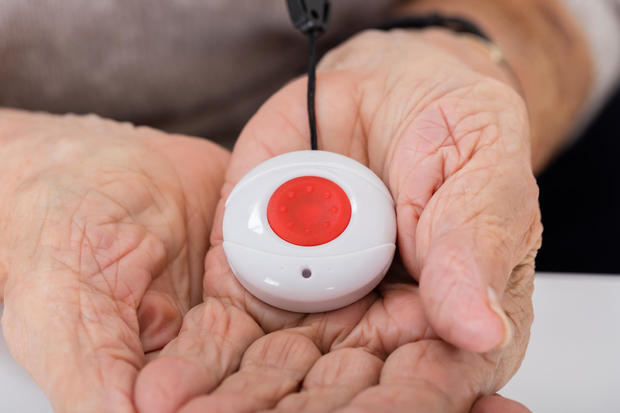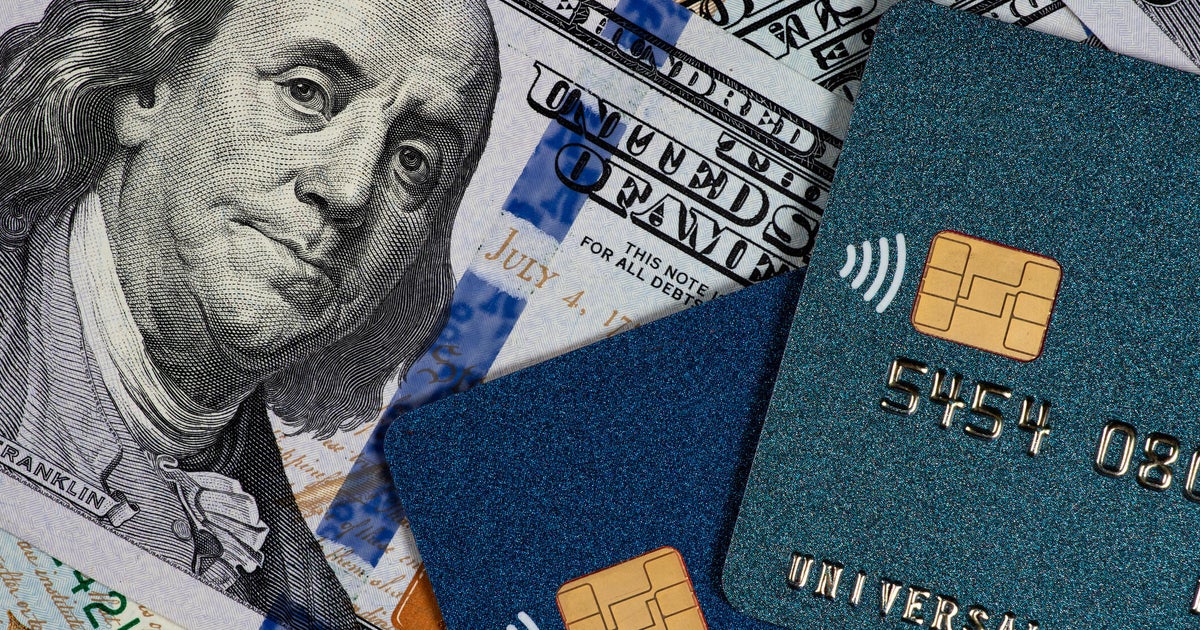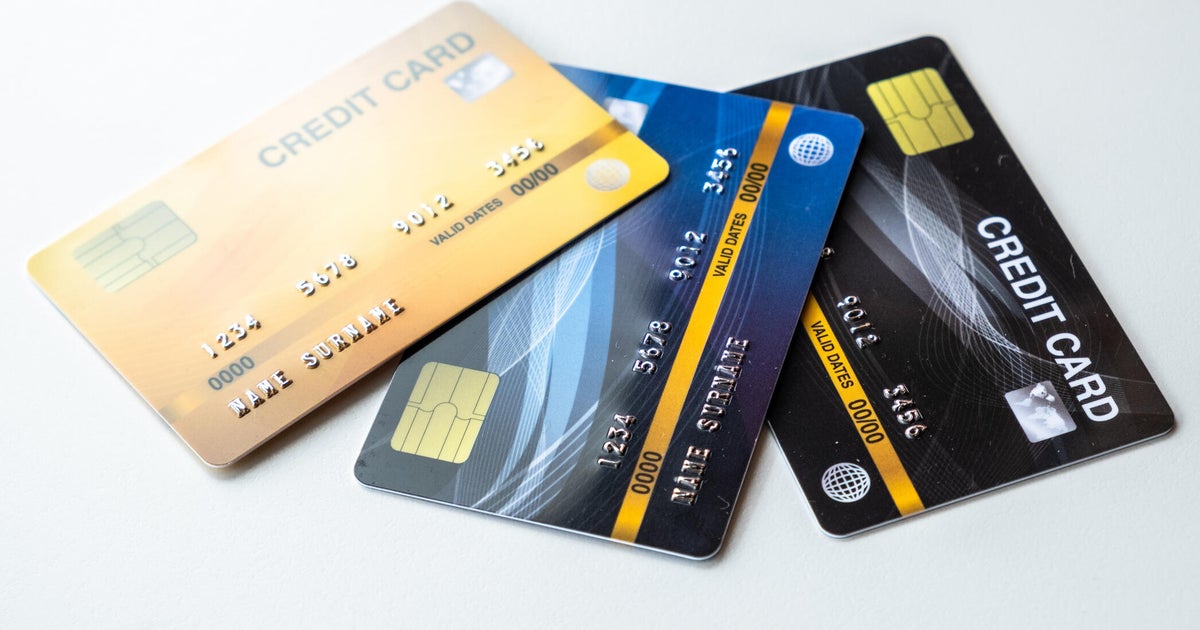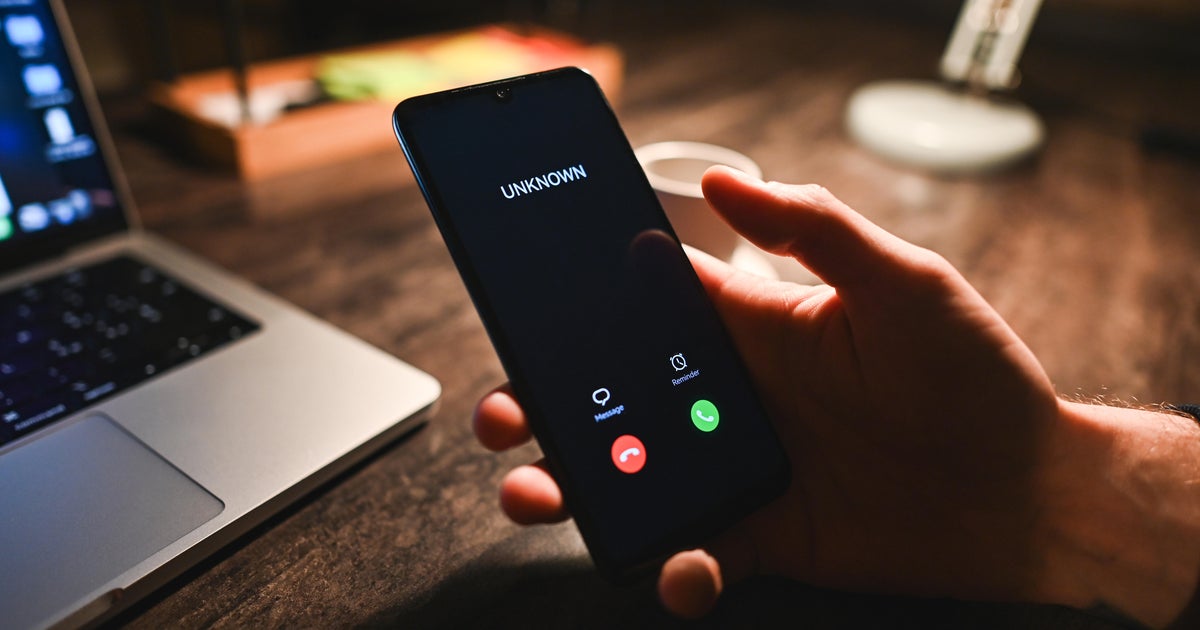How medical alert systems work
In retirement, older Americans can face challenges like living on a fixed income and facing unexpected medical bills. But seniors face more than just personal finance issues. Older Americans can also have new medical concerns, particularly when living alone.
During a medical emergency, ranging from a heart issue to a broken bone, you might not always be able to get help on your own. Your phone might not be within reach, and you might not be able to find someone to help quickly. Or, you might become incapacitated and need someone to call emergency medical services.
That's why many older Americans turn to medical alert systems. More formally known as personal emergency response systems (PERS), these systems help people — particularly senior citizens — get in touch with emergency medical services with the push of a button.
If you're interested in this form of security and protection for you or a loved one, start today by getting a free quote.
If you want more information first, below we'll examine what medical alert systems are and how they work in detail.
What are medical alert systems?
Medical alert systems are groups of communication technologies and support services that together can help someone access lifesaving care.
Typically, medical alert systems include wearable devices with buttons. Or the buttons might be wall-mounted devices. Pushing these buttons then enables the user to quickly get in touch with a call center that can dispatch emergency medical services or contact a family member/caregiver.
Some medical alert systems also have automated support, such as to detect falls. In that case, the system could automatically notify emergency support, such as calling an ambulance to help an incapacitated person.
If this sounds like something you could benefit from, take the first step and get a free quote right now.
How medical alert systems work: 4 basic steps
Medical alert systems work by linking wearable devices or standalone buttons with monitoring services that can assist with emergencies in four basic steps:
- The user pushes the button on a medical alert system device. This could be a watch, bracelet, or necklace.
- Pushing the button connects the user to the monitoring service, which is generally a call center.
- The call center representative would then be able to communicate with the medical alert system user to figure out what the issue is.
- If the issue requires further attention beyond what the representative and user can discuss — such as if the user is unresponsive or specifies that they need medical help — the representative can contact emergency medical services or emergency contacts (e.g., a family member or neighbor) who can come check on that individual.
For a home medical alert system, the communication device typically connects wirelessly to a base station, which is a plug-in device with a two-way speaker. Also, some medical alert systems work with smart speakers to expand coverage.
The user can then communicate with the monitoring service through the speaker during an emergency. That communication usually occurs via landline, cellular, or in some cases Wi-Fi service, depending on factors like the system and plan the user chooses.
Some devices also have built-in microphones and speakers, so you don't necessarily need to be near the base station to communicate with a support representative. But if the representative can't hear you, there's typically a fail-safe in place, like automatically contacting emergency support. And some plans offer lockboxes so emergency support can easily get keys to enter your home.
Some medical alert systems also work outside the home. These on-the-go systems similarly include wearable devices that have help buttons you can activate for medical alerts. These mobile systems can use technologies like GPS to dispatch a user's location to emergency medical services. That way, if a person is unsure exactly where they are or can't communicate due to a medical event, help can still arrive.
How much do medical alert systems cost?
Medical alert systems typically have subscription costs starting at around $20-30 per month. More expensive plans might range anywhere from roughly $40-70 per month, which could include add-ons like automatic fall detection, cellular coverage (so you don't have to use a landline), or additional products like smartwatches that work outside your home.
A few systems work without a subscription service, such as by connecting directly to emergency medical services. Or, you could potentially set up smart speakers to help get in touch with emergency contacts or medical services, but these might not come with the monitoring support of full-fledged medical alert systems.
So, the cost of these types of non-subscription options would just be for the hardware, which could range anywhere from roughly $30 to a few hundred dollars. With subscription services, however, the cost of the hardware is often bundled in, though that means the devices are essentially rented instead of purchased.
Some subscription services also carry one-time activation fees. These can vary widely but generally do not exceed $100. There could also be shipping costs, though these tend to be nominal.
Keep in mind that standard Medicare does not cover medical alert systems. However, private insurers might offer some coverage via Medicare Part C, so check with your insurer.
Medical alert systems: additional considerations
When comparing medical alert systems, consider factors beyond just pricing and features. Think about issues like the quality of the call center (based on reviews of different services), cancellation policies, and plan flexibility.
Not everyone wants to think about needing emergency medical services, but it's an important consideration. Getting to a hospital quickly could be the difference between life or death, so having a system that can dispatch an ambulance in an emergency could be vital. You might not always be able to call 911 yourself, so consider whether buying a medical alert system would make you or a loved one feel safer.
Ready to get started? See what kind of protection you can get right now.






